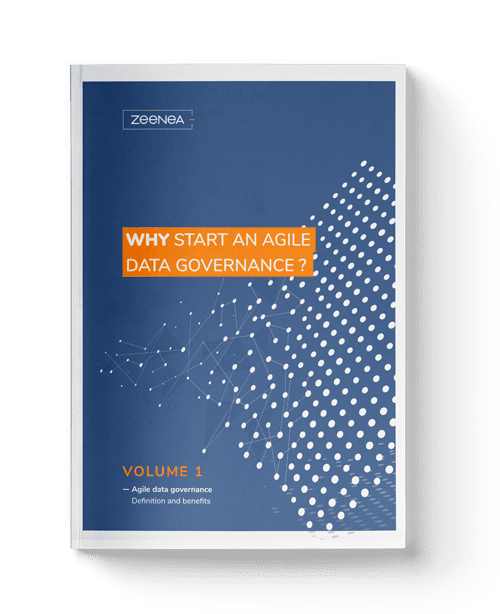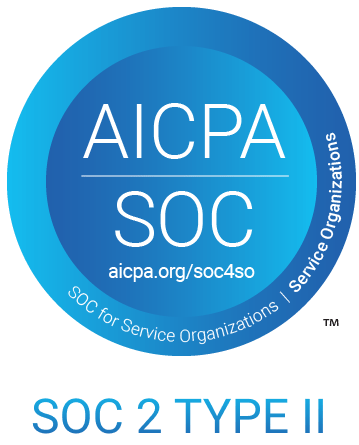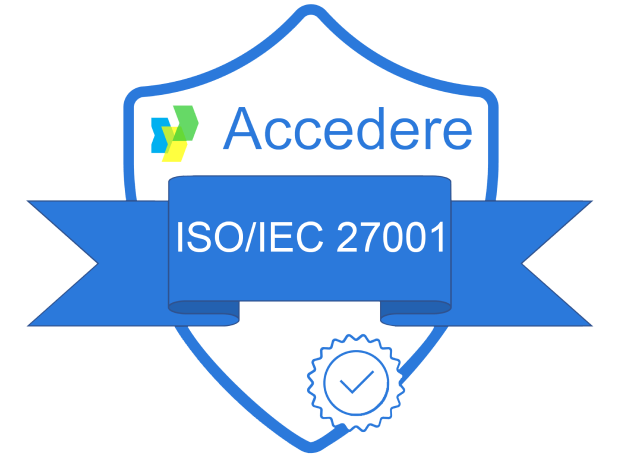
The weak maturity of data governance projects necessitate the implementation of good practices and feedback loops to constantly monitor and verify the validity of management rules on your data asset.
The following articles explain the characteristics of a data governance labeled as agile in order to:
1. Be as close as possible to your enterprise’s operational reality.
2. Adapt to your enterprise’s context and not the other way around.
3. Accurately reflect your data assets.
4. Unify and involve your collaborators.
5. Respond to changes quickly.
The implementation of data governance must avoid pitfalls, all too often seen in the past via a top-down approach.
This type of descending approach wants for objectives and instructions be set by management and then implemented.
This project leadership, like software development in recent years, has proven to be too hierarchical and bureaucratic, uncorrelated to the realities on the ground and therefore, data held by the company.
We recommend a bottom-up approach of the field, in the operational sense, to progressively consolidate a synthesis and to maintain a data governance management that corresponds to the real context of your enterprise.
We define a bottom-up data governance by:
- A democratic approach rather than a hierarchical one.
- A willingness to solve problems created fluidly rather than by imposing more structure.
- A “bureaucracy” reduced to a minimum to facilitate its implementation and its maintenance (a prevailing work principle at Spotify called, “Minimum Viable Bureaucracy”).
- An active collaboration amongst stakeholders in favor of ownership and the collection of information on the organization’s data.
- An autonomy of collaborators in the choice of tools and the manner in which they organize themselves.














